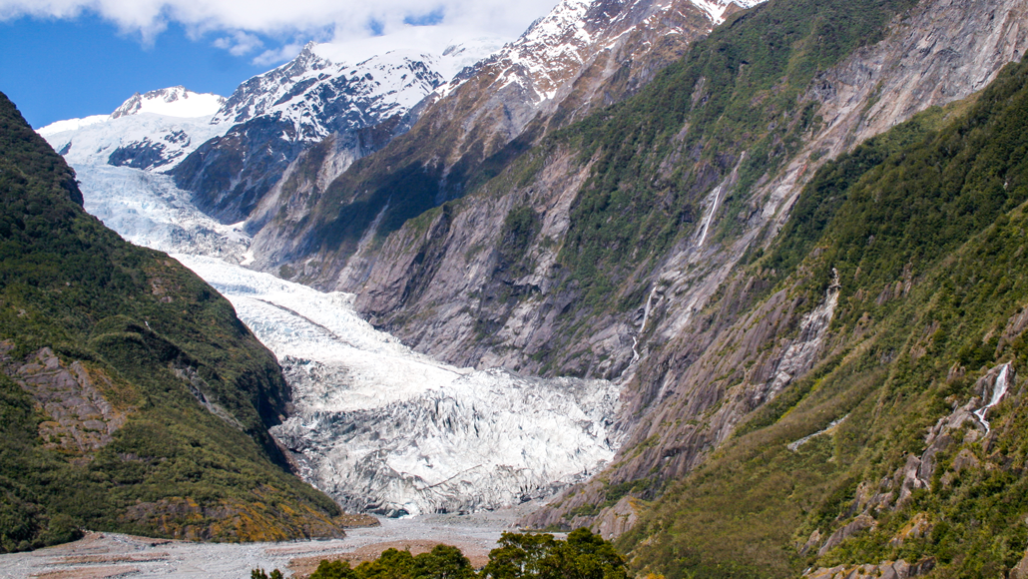annual: Adjective for something that happens every year.
Antarctica: A continent mostly covered in ice, which sits in the southernmost part of the world.
Atlantic: One of the world’s five oceans, it is second in size only to the Pacific. It separates Europe and Africa to the east from North and South America to the west.
average: (in science) A term for the arithmetic mean, which is the sum of a group of numbers that is then divided by the size of the group.
climate: The weather conditions that typically exist in one area, in general, or over a long period.
climate change: Long-term, significant change in the climate of Earth. It can happen naturally or in response to human activities, including the burning of fossil fuels and clearing of forests.
erode: Gradual removal of soil or stone, caused by the flow of water or the movement of winds.
glacier: A slow-moving river of ice hundreds or thousands of meters deep. Glaciers are found in mountain valleys and also form parts of ice sheets.
Great Lakes: A system of five interconnected lakes — Superior, Michigan, Huron, Erie and Ontario — the Great Lakes constitute the largest freshwater source in the world (based on surface area). They hold an estimated 6 quadrillion gallons of water, or about a fifth of the world's fresh surface water. To give some perspective on that amount, the lakes' water would, if spread evenly, cover the 48 touching U.S. states to a depth of about 2.9 meters (9.5 feet) deep.
Greenland: The world’s largest island, Greenland sits between the Arctic Ocean and North Atlantic. Although it is technically part of North America (sitting just east of Northern Canada), Greenland has been linked more politically to Europe. Indeed, Vikings arrived in Greenland around the 10th century, and for a time the island was a colony of Denmark. In June 2009, Greenland became an independent nation. Ice covers roughly 80 percent of Greenland. Indeed, the Greenland ice sheet is the world’s largest. If its frozen water were to melt, it could raise sea levels around the world by 6 meters (about 20 feet). Although this is the 12th biggest nation (based on surface area), Greenland averages the fewest people per square kilometer of its surface area.
ice sheet: A broad blanket of ice, often kilometers deep. Ice sheets currently cover most of Antarctica. An ice sheet also blankets most of Greenland. During the last glaciation, ice sheets also covered much of North America and Europe.
mass: A number that shows how much an object resists speeding up and slowing down — basically a measure of how much matter that object is made from.
meltwater: The water that comes from melting ice. The quantities can be large and show up quickly when it comes from melting glaciers, ice sheets and snow-capped mountains.
satellite: A moon orbiting a planet or a vehicle or other manufactured object that orbits some celestial body in space.
sea: An ocean (or region that is part of an ocean). Unlike lakes and streams, seawater — or ocean water — is salty.
sea level: The overall level of the ocean over the entire globe when all tides and other short-term changes are averaged out.
viscous: (n. viscosity) Adjective referring to something that is thick, sticky and hard to pour. Molasses and maple syrup are two examples of viscous liquids.








